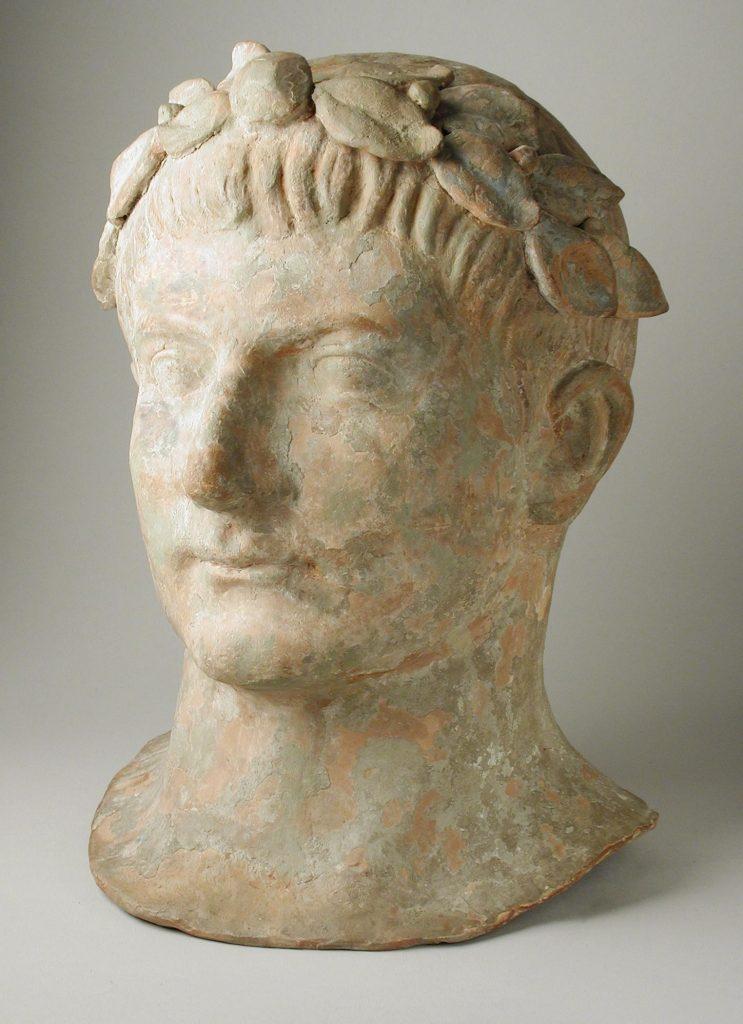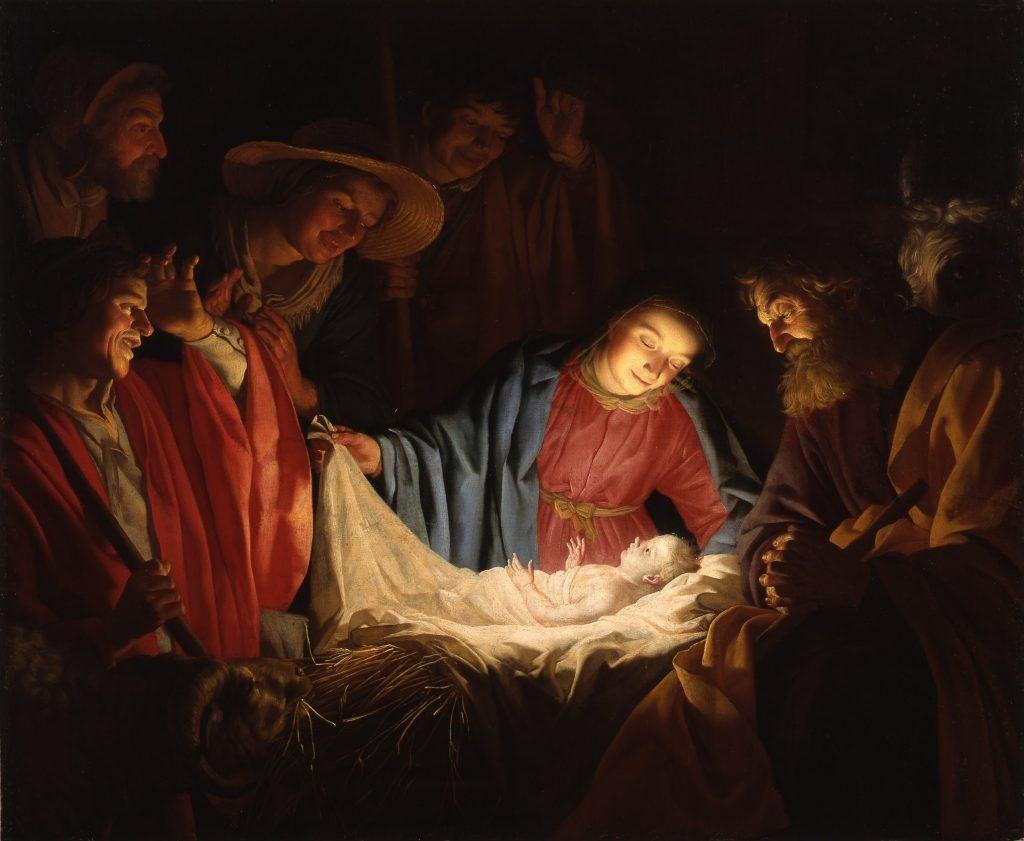Column by: Dana Hammons, Garfield County Master Gardener
December for a gardener feels like eternal purgatory, an exile from the sun and soil that feeds our soul. So instead of focusing on growing, let’s focus on showing. Winter isn’t void of the color green, let’s not forget about the many evergreens that not only thrive in winter but strut their stuff during the holiday season.
The many traditions, customs, and beliefs associated with evergreens go back thousands of years. Many customs that have been passed down through the years were from the times of the ancient Egyptian, Roman, and Pagan civilizations, and later adopted into the Christian faith to draw the unholy into the light. There are so many traditions, where does one begin? Well, let’s just take a look at a few of the more known customs of today.
The early Romans viewed evergreens as sacred and represented not only eternal life, they were also worn atop the head as a status symbol.

They would mark the solstice with a feast known at Saturnalia in honor of Saturn, the god of agriculture. The Romans knew the solstice meant that soon their orchards and crops would be green and fruitful once again. To celebrate the occasion, they decorated their homes and temples with evergreen boughs.
They were also one of the first cultures to begin decking their halls with boughs of holly as it was believed to have protective powers. It was often hung in doorways to chase away evil spirits, or to at least get caught in its prickly leaves. The Christian faith came to know holly as a symbol of the thorny crown that Jesus wore while on the cross. The prickly leaves symbolized the thorns that were crushed into His skin while the red berries symbolized the blood that ran from down His head.

Even the Druids, who were considered wizards and magicians, saw evergreens as sacred symbols of life itself and used them in most rituals and decorations. Today we deck our halls with glorious evergreens not only for the traditions handed down, but for the rich color, and smells, that bring a joyous burst of life to a long, dark winter.
Mistletoe also has a fascinating history. The ancient Druids and Scandinavians found mistletoe to be especially important because it was considered a symbol of love and forgiveness. It was thought to have magical powers for fertility and new life, and also considered an aphrodisiac. This notion was carried into the English Victorian era where the practice of kissing under the mistletoe became fashionable. A practice we still like to do today.
The most universal custom of the holidays, the Christmas tree, has traditional roots from long ago that don’t belong to just one religion or people. Predating Christianity, the evergreen tree itself has been used by many civilizations as a symbol of eternal life, birth, fertility, fortune, and hope for a good future.
The earliest time in which we find our traditional Christmas tree referenced is in 16th century Strasbourg, Germany, now part of France. Every family, rich or poor, would decorate fir trees with fruits, pastries, candles, nuts, and colored papers during the holiday season. It’s not until the 17th century that we start to see tree decorations really glam up when a movement in the European royal courts introduced the use of gold and silver leaf on their ornaments.
With the influx of German immigrants to the new world, and influences from Europe, we start to see the modern Christmas tree we know and love taking hold in America during the early 19th century.
When you decorate for this holiday season, try to include some fresh evergreens into your decor. Regardless if it’s store-bought, from the lot, or found in the backyard, fresh evergreens will brighten your spirit and your senses this holiday season. Happy holidays, Merry Christmas, and God bless






